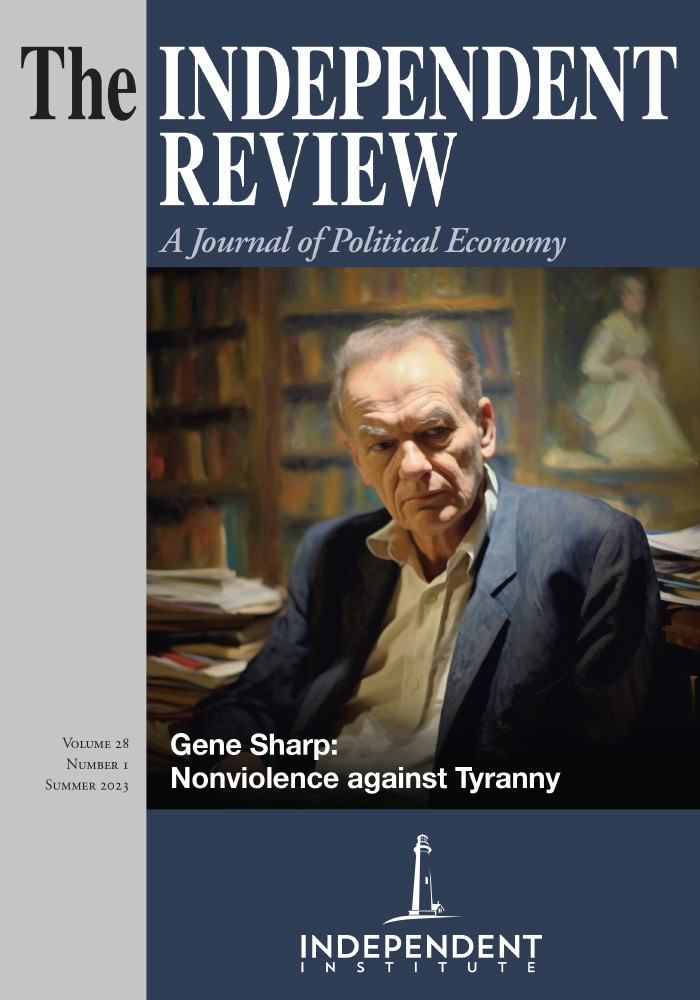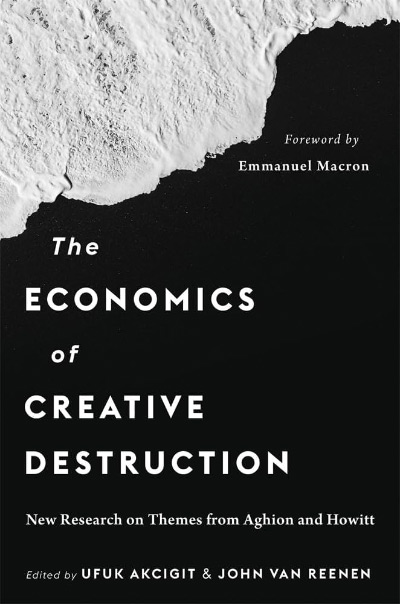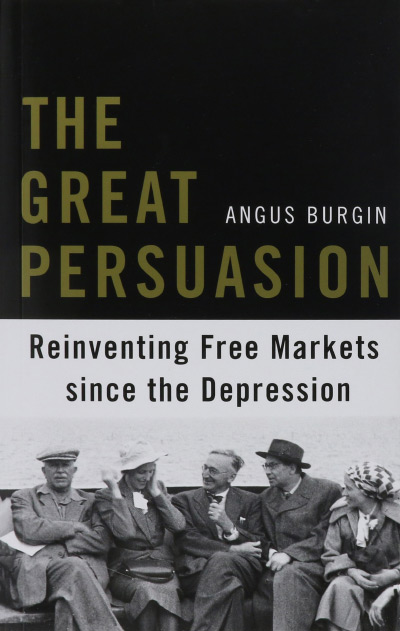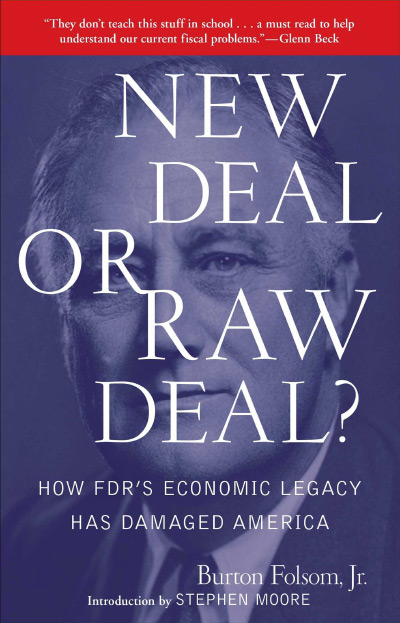Classification: The Untold Story of Racial Classification in America is a timely and important book on the development and application of racial/ethnic classifications by agencies of the U.S. government. It evaluates the rationale for the system and criticizes it for lacking a scientific basis. It provides convincing logic and strong empirical evidence against using the classification system to make decisions about issues such as employment, admission to universities, and eligibility for government contracts.
The current government classification system, Statistical Directive 15, was not established by Congressional legislation. Instead, it was created by federal government agencies, as a result of a kind of “mission creep.” The bureaucratic creators explicitly acknowledged the limitations of the system by warning that the “Classification should not be interpreted as scientific or anthropological, in nature.” In spite of the caveat, it is now being used frequently to make important decisions by government agencies and private institutions based on the flawed measures of race and ethnicity. The author provides two extreme examples of government approaches to classification of its citizens. France refuses to classify its citizens by race. Prominent Americans such as Justice Antony Scalia and Martin Luther King have made well-known statements against judging people by race. At the opposite extreme, Bernstein informs readers that a state in Brazil distinguishes between White and Black citizens by measuring the width of noses and lips and the texture of hair.
Directive 15 divides all Americans into White, Black, Hispanic, Asian, and Indigenous. During the days of legal segregation, Whites received special privileges relative to Blacks. Today racial preferences, euphemistically called affirmative action, provide preferences for Blacks and Hispanics relative to Whites and sometimes Asians. As a result, some Whites have sought to escape from their legal whiteness by creating special classifications that would make them eligible for minority preferences. Italian-Americans and Polish-Americans both claimed they were victims of discrimination in the past, and they sought special classification. Both were denied. According to Directive 15, North African and Middle Easterners are considered White, but the Biden Administration has proposed that they become a separate group eligible for minority preferences. Making more groups eligible for minority preferences dilutes the advantages received by currently recognized minorities. If everyone is a minority, no one is a minority.
A case involving college admissions was recently adjudicated at the Supreme Court. Students for Fair Admissions claim that Harvard University and the University of North Carolina admissions policies unlawfully discriminated against Asian-Americans, in violation of the Civil Rights Act of 1964 and the “equal protection of the laws” provision of the Fourteenth Amendment to the Constitution. On June 29, 2023, the Court ruled that the affirmative action admissions policies of the universities violated the constitutional rights of Asian-American applicants (“Supreme Court Rejects Affirmative Action Programs at Harvard and UNC,” New York Times, June 2, 2023). It remains to be seen whether this decision will affect other applications of racial preferences. A court has already struck down minority contracting preferences used by the Small Business Administration and the U.S. Department of Agriculture (Judge Glock, “Affirmative Action in Contracting Faces Legal Peril,” Wall Street Journal, July 26, 2023).
Another application of the classification system is the diversity, equity, inclusion movement on college campuses. Many schools now require job applicants to submit a written statement on diversity, equity, and inclusion. Diversity is commonly interpreted for these purposes as racial diversity according to the 1977 government classification. Opponents of these compelled statements liken them to loyalty oaths that were required in the U.S. in the 1950s (John Sailer, 2023, “How the NIH Pushes DEI on Scientists,” Wall Street Journal, March 3).
A further application begins with the calculation of gaps between a group’s share in some activity and its share of the total population. In order to calculate a group’s share of the population, the Census or some agency must collect data for that specific group. For example, if Hispanics are 20% of the population, but only 5% of hockey players, one can say they are arithmetically underrepresented by 15 percentage points. A common, but questionable interpretation of a gap is that it represents discrimination against Hispanics. An alternative interpretation is that there might be logical reasons, such as geography, climate, and culture that explain why Hispanics might specialize in other sports. The empirical importance of Directive 15 has increased with the rising influence of wokeism.
The authors of the Directive 15 categories of White, Black, Hispanic, Asian, and Native American were the first critics of their system, and they warned users against possible invalid applications. Subsequent critics have described the classifications as arbitrary, inconsistent, and incoherent. Some of the geographical boundaries are arbitrary, especially the boundary between Whites and Asians at the border between Pakistan and Afghanistan, and the one between Hispanics and Whites at the Spanish/French frontier. In general, variation within classifications is large relative to variation across classifications. Skin color varies across races, but surgeons continue to report that all races bleed red. Directive 15 contains inconsistencies that mix race and ethnicity. For example, White and Black are intended to be races, but the Hispanic category includes people who are White, Black, or Native American. Directive 15 does not allow for a mixed-race category, in spite of strong evidence that it is a large and increasing demographic group.
Spain is assigned to the Hispanic classification with Mexico, even though Spain is closer to France in terms of geography, income per capita, life expectancy, and many other variables than it is to Mexico and Latin America. The Hispanic category has the largest population (about 20% of the total U.S.) of the U.S. minority categories, but it conceals a large number of mixed Spanish/Native American people (mestizos) in Latin America. It is also peculiar because a large percentage of people who would fit the classification do not self-identify as Hispanic, unless it would make them eligible for special minority privileges. Bernstein gives the example of a man named Robert Edward Lee who changed his name to Roberto Eduardo Leon to seek minority business privileges. The Hispanic category is not used in other countries, which makes it difficult to compare data across countries.
Since the Western border of the Asian Classification is at the Pakistan/Afghanistan border, it covers a large and diverse population. China and India both had populations over 1.4 billion in 2022. The people are diverse in appearance, geography, affluence, and culture. It is an unusual classification because Asian-Americans have achieved higher education and incomes per capita than the average American, in spite of being victims of discrimination in the United States.
People who are de facto mixed race are a large and increasing fraction of the population, but officials refuse to accept it as a legitimate classification. Bernstein informs the reader if a person lists two races, officials are instructed to assign the person to the minority race. This practice reminds critics of the “one drop of blood” rule used in the segregationist South. Presumably, President Barack Obama and Vice-President Kamala Harris would be assigned to the Black classification, in spite of having one White parent or Asian (Indian) parent. As Harris’ two primary ancestries are both minorities – Black and Asian – the previous rule of thumb for mixed race people would fail to provide a clear classification for her. If you include earlier ancestors, the classification system faces more challenges. Harris’ father, Donald Harris, had an Irish-Jamaican grandfather, and she and President Biden have revealed that they both have Irish ancestors with the surname Finegan (Peter McDermott, 2020, “Running Mates Share a Family Name,” Irish Echo, September 23). The government classification system is not tractable for the large group of Americans who are de facto mixed race based on genealogical and DNA evidence.
There is a group of Black Americans who seek reparations for the suffering of their ancestors from slavery. The group is called American Descendants of Slavery (ADOS), and it seeks to exclude from minority preferences Black Americans who had no ancestors who were slaves in the United States. Obama and Harris would be excluded because their Black ancestors were recent immigrants from Kenya and Jamaica. Also, not eligible for preferences would be recent Nigerian immigrants who, like Asian immigrants, have acquired more education and higher incomes per capita than the average American.
Many proponents of retaining a large White classification seem to think of Whites as an undifferentiated mass of people with similar looks, interests, and histories. In fact, some people currently classified as White have darker skin than some others classified as Black. Some White ethnic groups, such as Irish, Italian, and Polish claim they were victims of discrimination in the past. Relative to interests, there is currently great political polarization among White people in the United States. Americans classified as White descend from European countries with a wide variety of cultures, including ethnic groups that have fought many wars against each other.
Bernstein does an excellent job of analyzing the government classification system and demonstrating specific weaknesses. However, he does not deal directly with the implicit use of collective guilt by users of the classification system. The closest Bernstein comes to acknowledging the use of collective guilt is his observation that the data show large variation among Individuals within groups relative to variation across groups. In the Conclusion, he endorses minority preferences for ADOS for minority business enterprises seeking government contracts and for university admissions. Implicitly he accepts the notion of collective guilt and victimhood for the period before 1865 for ADOS. He also implicitly accepts transfer of guilt and victimhood over more than 150 years after slavery ended. Furthermore, if guilt and victimhood transfer over many generations after the end of slavery, how long will they continue into the future? For how many years will culpability go back in time? European colonial powers introduced African slaves to America, and slavery lasted longer during the colonial period than it did after American independence. Should the British and other colonialists be held accountable today for slavery in their American colonies?
The implicit use of collective guilt over space and time is disturbing. The American legal system is based on individual actions, not group actions. Collective guilt is more of a tribal notion that endorses punishment of all members of a tribe for the actions of specific members of the same tribe. An Asian-American leader described collective characterizations of people by race, ethnicity, or national origin as bigotry. (Wai Wah Chin. 2023, “A Teachers Union Smears Asians as Communists,” Wall Street Journal, March 3).
Classified does an excellent job of tracing the development of official classification in the U.S., analyzing it, and evaluating applications. It is lucid and well-documented, and it should serve as a useful reference book on classification by race and ethnicity. The book would be successful if it induced people who are now applying Directive 15 to heed the warning of its authors and refrain from applying it to decisions for which it was not intended.



















